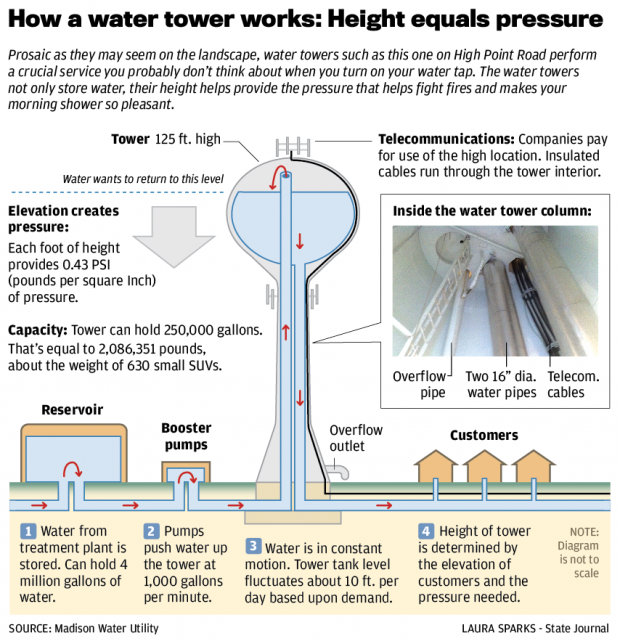
Which is a very simple and elegant expression. For this we need to calculate the derivative or gradient and pass it back to the previous layer during backpropagation. sum ( exps ) Derivative of Softmaxĭue to the desirable property of softmax function outputting a probability distribution, we use it as the final layer in neural networks. So, we can see two Gaussian data clouds and a dividing line.Def stable_softmax ( X ): exps = np. Set a starting point (-6 -6) for x and draw another 100 points of the line When we draw the points, we depict a straight line. Set the colors for the scatter plot of our target variables, set the number of points equal to 100, and α = 0.5. Consequently, the desired straight line has the form y = -x. We have already known that the solution for the Bayes classifier is 0, 4, 4, where 0 is the intersection point with the y-axis. Also, we have calculated the Bayes classifier and the sigmoid. We also have a target variable that takes a value of zero and one.
#Cross entropy loss function code#
We have already had a code to create data that consists of two Gaussian clouds, one of which has a center point (-2 -2), and the second one has a point (+2 +2). The only difference is that we also import the Matplotlib library this time. We copy the code from the previous article. In this section of the article, we graphically depict the solution for the Bayes classifier, which we have found above. If you run the program, you can make sure that the cross-entropy error becomes significantly less when we use a particular solution of logistic regression. We recommend you to calculate by yourself that the offset is zero, and both weighting factors are 4, to understand where such figures exactly come from. Its use is legitimate since our data have the same variance in both classes. It would be nice to find an already considered private solution for logistic regression. It depends on the value of the target variable and the output variable of the logistic regression. Now write a function for computing the cross-entropy error function. We can also copy the creation of a column of ones from the previous code, as well as the part of the code devoted to calculating the sigmoid. The first 50 ones belong to class 0, and the other 50 ones are in class 1.

Let’s create an array of target variables. Now we create two of our classes, so that the first 50 points are concentrated in the zone with the center (-2 -2), and the second 50 ones are in the zone with the center (+2 +2). Now let`s examine the calculation of the cross-entropy error function in the code.įirst, we transfer a part of the code from the previous file. Thus, we have a common cross-entropy error function: To do this, we summarize the values of all the individual errors from 1 to N. Thus, the cross-entropy error function works as we have expected.įinally, note that we need to calculate a common error to optimize the model parameters across the data set simultaneously. As a result, we get 2,3 as the value of error function that is even more important. Now let t = 0, y = 0,1, so we are very much mistaken. This is a serious error that indicates that the model doesn`t work properly. If we set t = 1, y = 0.5, so the model is on the verge of correctness, then we get 0.69 as a result of the error function. It is a minimal error, so everything is also wonderful here. Now let t = 1, y = 0.9, so the model is almost correct. Note that if t = 0, y = 0, then we have the same result.


One of the examples where Cross entropy loss function is used is Logistic Regression. As a result, we get one multiplied by zero, that is zero. Cross entropy loss function is an optimization function which is used in case of training a classification model which classifies the data by predicting the probability of whether the data belongs to one class or the other class.
#Cross entropy loss function plus#
Thus, having received minus infinity, we will get plus infinity as a result. But pay attention to the minus sign in the formula. Since y is the output variable of logistic regression that takes a value from zero to one, the logarithm of this quantity takes values from zero to minus infinity. If t = 1, the first term is significant, if t = 0, then the second term is significant. This is because the target variable t takes values only 0 and 1. Where t is a target variable, y is a result of logistic regression.įirst of all, we note that only one term of the equation is essential. The cross-entropy error function is defined as follows: So, let’s see how the cross-entropy function does it all. That’s why we need another error function.įirst of all, it should equal zero if there are no errors, and have a larger value if lots of errors appear. Of course, the error cannot have the Gaussian distribution with logistic regression, since the result is between zero and one, and the target variable takes values only 0 and 1.


 0 kommentar(er)
0 kommentar(er)
